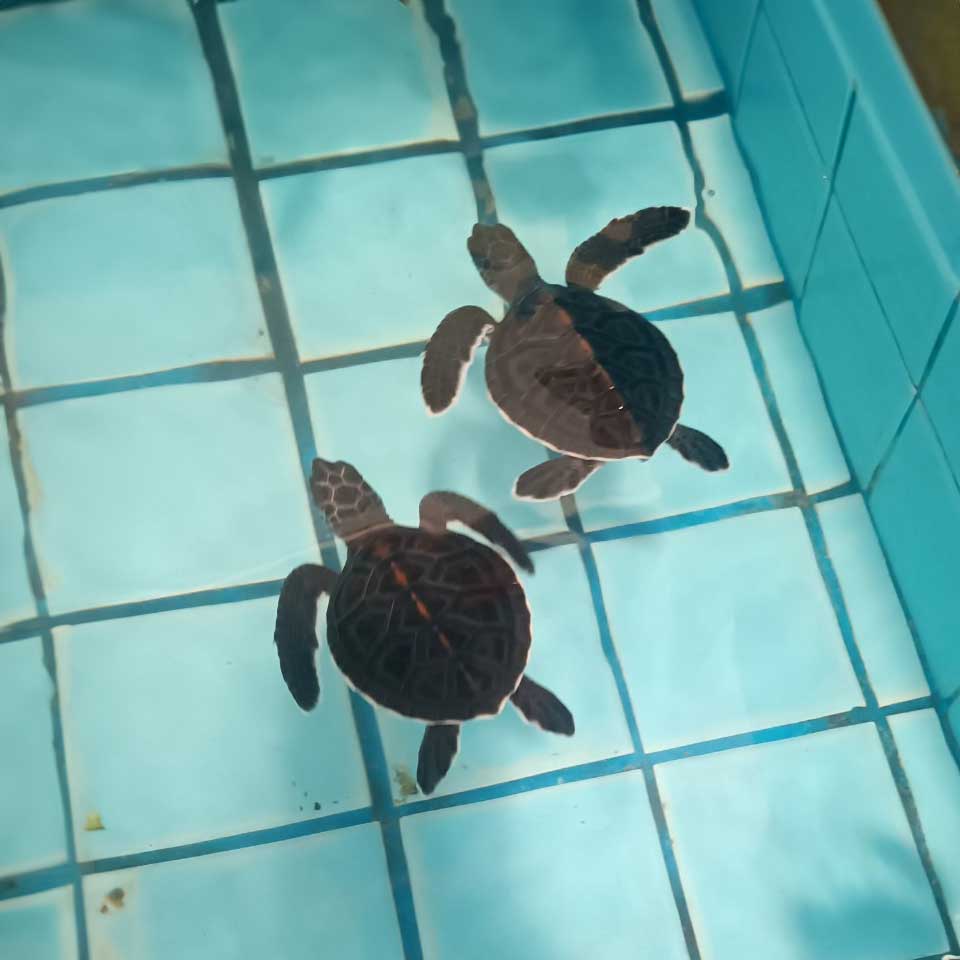Sea turtles, ancient mariners of the ocean, have roamed the Earth’s seas for millions of years. However, today, these magnificent creatures face numerous threats that jeopardize their existence. With their populations declining rapidly, it has become crucial to focus our efforts on sea turtle conservation. By implementing comprehensive strategies and fostering global awareness, we can preserve these remarkable creatures and ensure their survival for future generations.

Protecting Nesting Sites: One of the fundamental pillars of sea turtle conservation is safeguarding their nesting sites. These sites, often pristine beaches, serve as crucial habitats for nesting females to lay their eggs. Conservationists work tirelessly to establish protected areas and enforce regulations that restrict human activities, such as development and beachfront lighting, which can disrupt nesting behaviors. By preserving these vital nesting grounds, we provide a safe haven for sea turtles to continue their lifecycle.
Promoting Nesting Success: Conservation efforts extend beyond protecting nesting sites. To boost the chances of successful hatching, conservationists employ techniques like relocating vulnerable nests to safer areas, away from human disturbance and rising sea levels. Moreover, implementing educational programs helps raise awareness among coastal communities, encouraging them to adopt responsible practices and minimize the impact of artificial lighting on hatchlings’ journey towards the sea.
Mitigating Marine Pollution: Marine pollution poses a significant threat to sea turtles worldwide. Plastic debris, entanglement in fishing gear, and ingestion of marine litter endanger these creatures and their habitats. Conservationists collaborate with local communities, organizations, and governments to implement measures that reduce marine pollution, such as promoting responsible waste management, organizing beach clean-ups, and supporting initiatives to reduce single-use plastics. By addressing this pervasive issue, we can create a safer environment for sea turtles and other marine species.
Enhancing Fishing Practices: Sustainable fishing practices play a vital role in sea turtle conservation. By advocating for the use of turtle excluder devices (TEDs) in fishing gear, conservationists minimize accidental captures of sea turtles, allowing them to swim freely without becoming bycatch. Additionally, implementing fishing regulations and supporting alternative livelihood options for fishing communities help strike a balance between conservation and the socio-economic needs of coastal populations.
Monitoring and Research: Continuous monitoring and research are essential for effective sea turtle conservation. Conservationists collaborate with scientists and local communities to gather data on sea turtle populations, migration patterns, and nesting behaviors. This information helps identify critical habitats, track population trends, and assess the effectiveness of conservation initiatives. By staying informed and adapting strategies based on scientific findings, we can ensure that our conservation efforts remain proactive and effective.
Preserving and safeguarding sea turtle populations is not just an environmental obligation but a testament to our commitment to biodiversity conservation. By protecting nesting sites, promoting nesting success, mitigating marine pollution, enhancing fishing practices, and conducting ongoing research, we can pave the way for a brighter future for sea turtles. Let us come together, raise awareness, and take action to secure the survival of these ancient and awe-inspiring creatures, leaving a legacy of conservation for generations to come.
